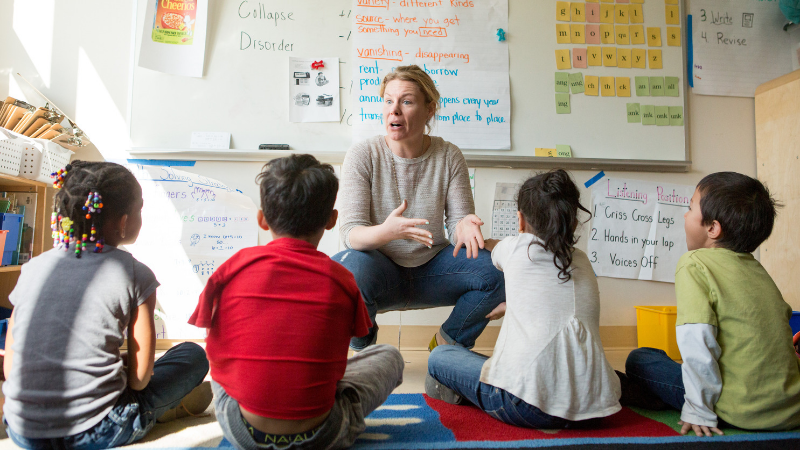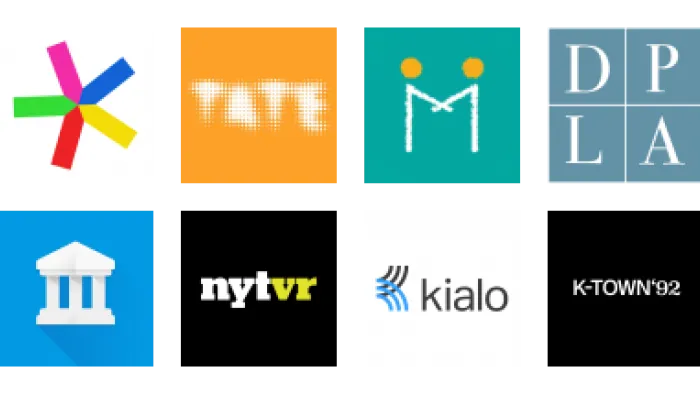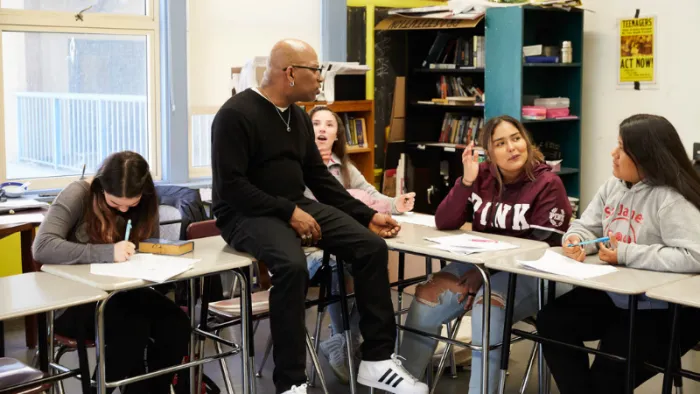Help your students build a better world with these strategies, lessons, and tools.

White supremacy, and the concept of whiteness that it relies on, grows when it goes unnamed and unchallenged. In the absence of honest conversations about race, it festers like a wound. It's more important than ever to have these tough conversations with our students.
Let's be real: It might feel scary to take this plunge. But the thought of you and your students discussing race is much scarier to white supremacists. Frank, open conversations about race -- grounded in understanding, solidarity, and equity -- are dangerous only to those who fear difference.
We've put together some helpful resources, including lesson plans, articles, and tools, to help you get started. You'll need to make adjustments based on your student population and community, and you should adapt the focus for your grade level and subject area. These important conversations can benefit all classrooms.
Here are eight ways to make a difference.
1. Review the research on reducing bias and prejudice.
The two articles here offer concise summaries of the proven strategies for reducing kids' racial predispositions. These strategies are effective from kindergarten to high school.
- Five Ways to Reduce Racial Bias in Your Children (article)
- Research-Based Advice on Teaching Children Not to Be Racist (article)
2. Unpack "color blind" ideology.
Acknowledge and discuss that we have complex identities, and that while race is a construct, it can shape how we're perceived and the privileges we have.
- Exploring Individual Identity (lesson)
- Color Blindness (resource list)
- Color-Blindness Is Counterproductive (article)
- What "White Folks Who Teach in the Hood" Get Wrong About Education (article)
- White Privilege: Unpacking the Invisible Knapsack (article)
3. Find relevant, high-quality teaching resources and professional development.
Dig into Facing History and Learning for Justice, the two best websites for social justice education.
- Back-to-School Toolkit: Building Classroom Community (resource list)
- #CharlestonSyllabus (resource list)
- Anti-Racist Resources: #CharlottesvilleCurriculum (resource list)
4. Expose the history of racism and white supremacy.
Gain perspective on past and present incarnations of white supremacy and their effect on modern institutions.
- What Is the "Alt-Right?" (article)
- "But What About Antifa?" (article)
- The Knotted Line (interactive website)
- Stanford History Education Group (website)
- Zinn Education Project (website)
5. Expand students' horizons through cross-cultural communication.
Counter bias and prejudice by helping students get exposure to and form relationships with people from different backgrounds and perspectives.
- YR Media (website)
- PenPal Schools (website)
- Best Global and Cross-Cultural Education Apps and Websites (resource list)
- Tools That Build Real-World Writing Skills (resource list)
6. Focus on news, web, and media literacy.
White supremacists use propaganda, specifically on social media, to recruit young people to the cause. Give your students the critical skills to counter these messages.
- Digital Citizenship Lessons: News & Media Literacy (lesson plans)
- Help Students Fact-Check the Web Like Pros (article)
- Web Literacy for Student Fact-Checkers (PDF)
7. Cultivate your students' capacity for empathy.
Racists demonstrate an inability to take the perspectives of others and acknowledge their histories, experiences, and feelings. Build this capacity in your students by practicing listening and taking perspective.
- Diversity, Equity, and Inclusivity Resources for Classrooms (resource list)
- How One School Builds Empathy Through Public Confessions (article)
- Top Games That Teach Empathy (resource list)
- We All Teach SEL: Empathy (article)
8. Empower students to take action.
It's important to encourage students -- especially those entering adulthood -- to take action to stop racism and white supremacy. These resources offer strategies, lessons, and tools to help students make a commitment to social change.
- 10 Ways Youth Can Engage in Activism (article)
- Black Lives Matter: From Hashtag to Movement (high school lesson plan)
- Civil Rights and Social Justice Resources for Classrooms (resource list)
- The Wonderment (website)

Real Fake News: Exploring Actual Examples of Newspaper Bias
Help students get beyond the buzzword with this classroom discussion activity.
Image courtesy of Allison Shelley/The Verbatim Agency for American Education: Images of Teachers and Students in Action









